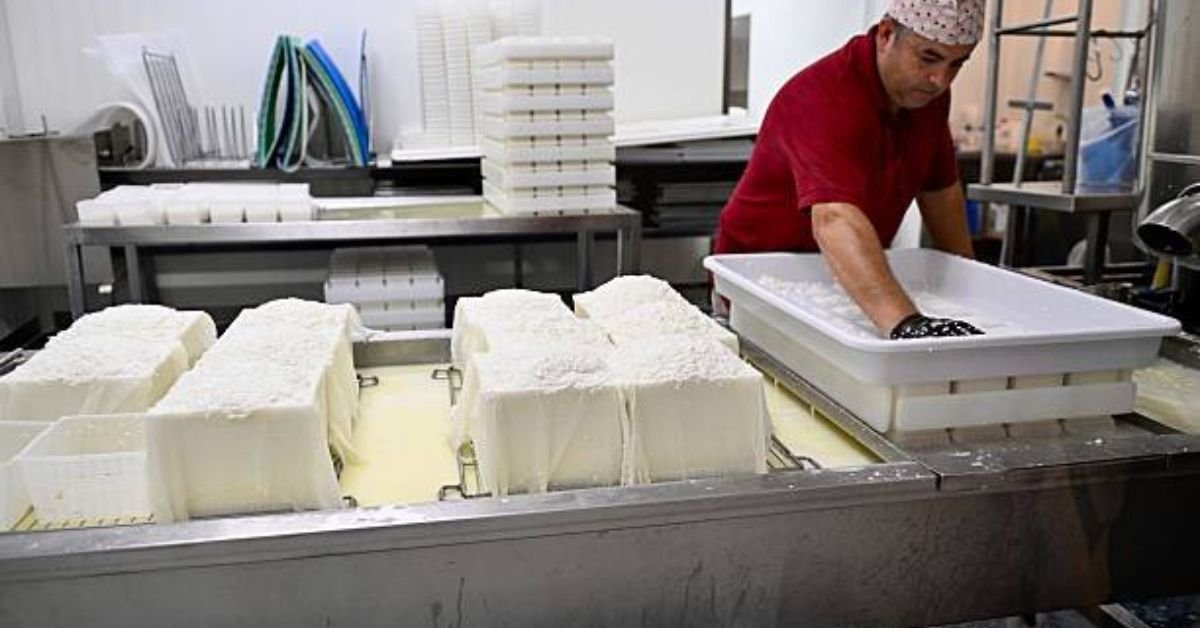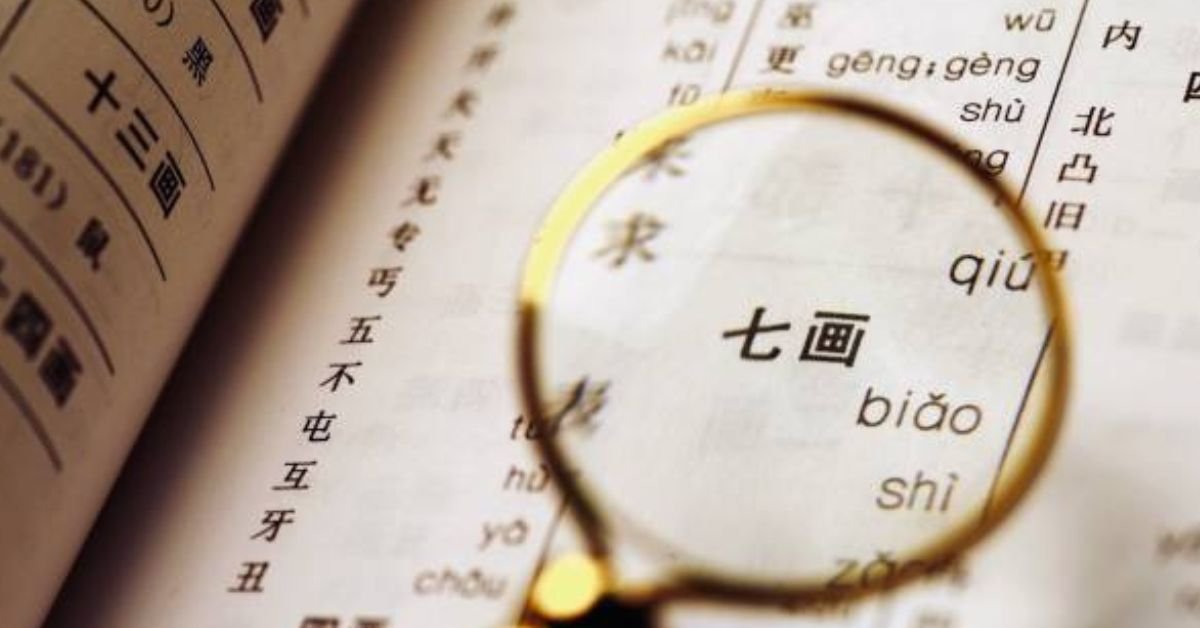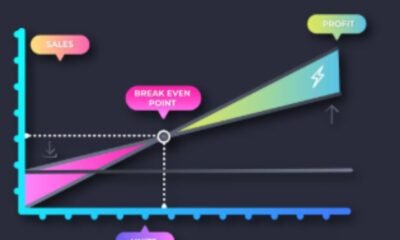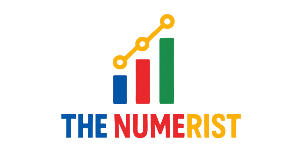BLOG
Born in 1994 How Old Am I: Unlock the Powerful Answer

Born in 1994 how old am I?” You’re not alone. Whether it’s for a social media profile, a job application, or just a moment of nostalgia, figuring out your exact age can be surprisingly tricky. Maybe you’re planning a milestone birthday, or perhaps you’re just curious about how many years have passed since you were born.
The Quick Answer: Born in 1994, How Old Am I in 2025?
Let’s get straight to the point. If you’re searching for “born in 1994 how old am I,” here’s the answer:
If you were born in 1994, you are 31 years old in 2025.
Of course, your exact age depends on whether your birthday has already passed this year. If your birthday is later in the year, you might still be 30 for a few more months. But for most purposes, 31 is the magic number.
Why Do So Many People Ask, “Born in 1994 How Old Am I?”
It might seem like a simple question, but it’s one that pops up all the time. Why? Because life moves fast, and it’s easy to lose track of the years. Maybe you’re filling out a form, planning a reunion, or just reminiscing about the past. Or perhaps you’re comparing your age to someone else’s—like wondering, “how old is someone born in 1987?” or “how many years ago was 2006?”
A user recently tweeted,
“Just realized I was born in 1994 and I’m turning 31 this year. Where did the time go?!”
If you’ve ever had a similar moment, you’re in good company.
How to Calculate Your Age: The Simple Math
The Basic Formula
Calculating your age is straightforward:
Current Year – Birth Year = Age
So, for “born in 1994 how old am I” in 2025:
2025 – 1994 = 31
If your birthday hasn’t happened yet this year, subtract one. If it has, you’re already 31.
Why It Gets Confusing
Sometimes, the math gets muddled by leap years, time zones, or just plain forgetfulness. And if you’re comparing ages with friends born in different years—like 1987, 2006, 2007, or 2008—it’s easy to get mixed up.
How Old Is Someone Born in 1987?
Let’s answer another common question: How old is someone born in 1987?
In 2025, someone born in 1987 is 38 years old (or 37, if their birthday is later in the year).
This is a popular search because people love to compare generations, especially when planning events or looking back at school years.
18 Years Ago: What Year Was It?
Ever find yourself thinking, “18 years ago, what year was that?” It’s a fun way to put things in perspective.
2025 – 18 = 2007
So, 18 years ago from 2025 was 2007. If you were born in 1994, you were turning 13 that year—hello, teenage years!
How Many Years Ago Was 2006, 2007, and 2008?
Let’s break down these popular questions:
- How many years ago was 2006?
2025 – 2006 = 19 years ago - How many years ago was 2007?
2025 – 2007 = 18 years ago - How many years ago was 2008?
2025 – 2008 = 17 years ago
These calculations are handy for everything from school reunions to tracking anniversaries or just reminiscing about the past.
Why Do We Lose Track of Time So Easily?
The Fast Pace of Modern Life
Life in 2025 is busier than ever. With work, family, social media, and endless notifications, it’s no wonder we sometimes forget how old we are or how many years have passed since a certain event.
Nostalgia and Milestones
There’s something about milestone years—like turning 30 or 40—that makes us pause and reflect. If you were born in 1994, you’ve probably already celebrated your 30th birthday and are now looking ahead to new adventures.
Real-Life Example: A 1994 Baby’s Journey
Let’s meet Alex, who was born in 1994. Alex recently shared, “I always have to Google ‘born in 1994 how old am I’ before filling out forms. It’s like my brain refuses to do the math after 30!”
Alex’s story is relatable for many. As we get older, the years start to blur together, and it’s easy to lose track—especially with so many other things on our minds.
The Generational Perspective: Born in 1994 vs. Other Years
Comparing Ages
- Born in 1994: 31 years old in 2025
- Born in 1987: 38 years old in 2025
- Born in 2006: 19 years old in 2025
- Born in 2007: 18 years old in 2025
- Born in 2008: 17 years old in 2025
It’s fascinating to see how just a few years’ difference can mean being in a completely different stage of life.
Why These Years Matter
People often search for “how old is someone born in 1987” or “how many years ago was 2006” when planning events, looking up old classmates, or just feeling nostalgic.
1994: A Year to Remember
What Was Happening in 1994?
If you were born in 1994, you share your birth year with some major world events and pop culture moments. The internet was just starting to take off, “Friends” was about to premiere, and the world was a very different place.
Growing Up in the 2000s
Kids born in 1994 grew up with dial-up internet, flip phones, and the rise of social media. By the time 2006, 2007, and 2008 rolled around, you were likely in middle or high school, navigating the early days of Facebook and YouTube.

How Age Impacts Life in 2025
Career and Family
At 31, many people are building careers, starting families, or exploring new passions. It’s a time of transition—old enough to have experience, young enough to try new things.
Health and Wellness
Turning 30 is often a wake-up call to focus on health. Many people born in 1994 are now prioritizing fitness, nutrition, and mental well-being.
Technology and Trends
You’ve seen technology evolve from floppy disks to AI assistants. Staying current can be a challenge, but it’s also exciting to witness so much change in one lifetime.
How to Calculate Age for Any Year
The Step-by-Step Method
- Find the current year.
- Subtract your birth year.
- If your birthday hasn’t happened yet this year, subtract one more.
This formula works for any year—whether you’re wondering “how old is someone born in 1987” or “how many years ago was 2006.”
Online Tools and Calculators
There are plenty of online age calculators that can do the math for you. Just enter your birth year, and you’ll get your age instantly.
Fun Facts: Born in 1994
- You’re part of the Millennial generation.
- You were 10 years old in 2004, 18 in 2012, and 21 in 2015.
- You’ve lived through the rise of smartphones, social media, and streaming services.
The Emotional Side: Why Age Matters
Milestones and Memories
Turning 30 or 31 can feel like a big deal. It’s a time to reflect on what you’ve achieved and what you still want to do.
Comparing with Friends
It’s natural to compare your age and life stage with friends—especially those born in years like 1987, 2006, 2007, or 2008. But remember, everyone’s journey is unique.
How Many Years Ago Was…? A Quick Reference Table
| Year | Years Ago (from 2025) |
|---|---|
| 1987 | 38 |
| 1994 | 31 |
| 2006 | 19 |
| 2007 | 18 |
| 2008 | 17 |
FAQs
Q. If I was born in 1994, how old am I in 2025?
A. You are 31 years old in 2025, or 30 if your birthday is later in the year.
Q. How old is someone born in 1987 in 2025?
A. Someone born in 1987 is 38 years old in 2025, or 37 if their birthday hasn’t happened yet.
Q. How many years ago was 2006, 2007, and 2008?
A. 2006 was 19 years ago.
2007 was 18 years ago.
2008 was 17 years ago.
Q. What year was 18 years ago from 2025?
A. 18 years ago from 2025 was 2007.
The Pros and Cons of Knowing Your Exact Age
Pros
- Helps with planning (birthdays, reunions, milestones)
- Useful for legal documents and applications
- Fun for nostalgia and reflection
Cons
- Can make you feel old (or young!)
- Sometimes leads to unnecessary comparison
- Easy to get mixed up with leap years or late birthdays
Features and Usability: Age Calculators in 2025
What to Look For
- Accuracy: Make sure the tool accounts for leap years and birthdays.
- User-friendly design: Simple input, clear results.
- Extra features: Some calculators let you compare ages, see milestones, or even get fun facts about your birth year.
Risks and Considerations
- Not all online calculators are accurate—double-check with manual math if it matters.
- Be cautious about sharing personal info on unfamiliar sites.
Final Thoughts
Whether you’re asking “born in 1994 how old am I” or comparing your age to someone born in 1987, remember that age is just a number. What matters most is how you live, the memories you make, and the milestones you celebrate.
BLOG
Besos Meaning: A Journey into the Heart of Latin American Culture

Besos is derived from the Spanish language, where it translates to “kisses.” However, the meaning of besos goes beyond a simple translation. It’s a term that encompasses a range of emotions, from affection and love to passion and intimacy.
The Cultural Significance of Besos
In many Latin American cultures, besos are an integral part of daily life. They’re a way to show affection, greet one another, and express love. The cultural significance of besos is deeply rooted in the values of warmth, hospitality, and closeness.

The Different Types of Besos
While the term “besos” is often associated with romantic love, it’s not the only context in which it’s used. Besos can be exchanged between family members, friends, and even as a greeting or farewell.
- A beso on the cheek is a common greeting in many Latin American countries.
- A beso on the lips is often reserved for romantic partners or loved ones.
- A beso on the forehead or hand can be a sign of respect, affection, or blessing.
“I remember my abuela giving me besos on the forehead every night before bed. It was a special moment that made me feel loved and safe.”
The Emotional Significance of Besos
Besos are more than just a physical gesture; they’re a way to convey emotions and connect with others. The act of giving or receiving a beso can evoke feelings of comfort, security, and love.
FAQs
Q: What is the meaning of besos in Spanish?
A: Besos is the Spanish word for “kisses.” It’s a term used to describe a range of affectionate gestures, from romantic kisses to friendly pecks on the cheek.
Q: How do you use besos in a sentence?
A: You can use besos in a sentence to express affection or love, such as “Dale besos a tu familia de mi parte” (Give your family a kiss from me).
Q: What is the cultural significance of besos in Latin America?
A: Besos play a significant role in Latin American culture, where they’re used to show affection, greet one another, and express love.
Q: Can besos be used in non-romantic contexts?
A: Yes, besos can be used in non-romantic contexts, such as between family members or friends. It’s a way to show affection and closeness.
Conclusion
Besos, we discover that it’s more than just a word – it’s a way to connect with others and express our emotions. Whether you’re looking to deepen your understanding of Latin American culture or simply want to show affection to those around you, besos is a term that’s worth exploring further.
BLOG
Luxury Cruise Passengers: Staying Safe on the High Seas

Luxury cruises often traverse through exotic waters, some of which are notorious for piracy. The Gulf of Aden, the Indian Ocean, and parts of Southeast Asia are known hotspots where pirates have been active. These areas are often near popular cruise routes, putting luxury cruise passengers at risk.
Piracy Tactics: How Pirates Target Luxury Cruises
Pirates have become increasingly sophisticated, using tactics like GPS spoofing and fake ship identities to target unsuspecting vessels. They often look for easy prey, such as slow-moving ships or those with lax security. Luxury cruises, with their high-value passengers and cargo, can be attractive targets.
The Human Impact: Stories from Luxury Cruise Passengers
“I was on a luxury cruise in the Gulf of Aden when we received a piracy warning. The crew immediately took action, increasing security measures and altering our course. It was a harrowing experience, but thanks to their quick response, we were safe.” The fear and uncertainty that come with a piracy warning can be unsettling, but being prepared and knowing what to expect can make all the difference.
Staying Safe: Precautions and Measures for Luxury Cruise Passengers
To minimize the risk of piracy, luxury cruise lines have implemented various security measures. These include:
- Traveling in convoys or with naval escorts
- Implementing advanced security systems, such as radar and surveillance cameras
- Conducting regular security drills and training for crew members
- Increasing security personnel on board

What Luxury Cruise Passengers Can Do
While cruise lines take necessary precautions, passengers can also play a role in staying safe. Being aware of the risks and taking simple precautions, such as staying informed about piracy hotspots and following crew instructions, can help minimize the risk of piracy.
Piracy Warning Systems: How Luxury Cruises Stay Ahead
Luxury cruise lines use advanced piracy warning systems to stay informed about potential threats. These systems provide real-time updates on piracy hotspots and suspicious activity, enabling crews to take proactive measures to avoid danger.
The Role of Technology in Piracy Prevention
Technology plays a vital role in preventing piracy. Advanced systems, such as satellite tracking and AI-powered surveillance, help cruise lines stay one step ahead of pirates. These technologies enable crews to respond quickly and effectively in the event of a piracy warning.
FAQs
Q: What should I do if I receive a piracy warning on my luxury cruise?
A: If you receive a piracy warning, follow the instructions of your crew immediately. They are trained to handle such situations and will take necessary precautions to ensure your safety.
Q: Are luxury cruises more vulnerable to piracy than other types of cruises?
A: Luxury cruises can be attractive targets for pirates due to their high-value passengers and cargo. However, luxury cruise lines often have advanced security measures in place to minimize the risk.
Q: How can I stay informed about piracy hotspots and safety measures on my luxury cruise?
A: Your cruise line will provide you with information about piracy hotspots and safety measures in place. You can also stay informed through government travel advisories and industry reports.
Q: Can I travel safely on a luxury cruise despite the risk of piracy?
A: Yes, with the right precautions and awareness, you can travel safely on a luxury cruise. Cruise lines take piracy seriously and have measures in place to protect passengers.
Conclusion
Luxury cruise, staying informed about piracy risks and taking necessary precautions can help ensure a safe and enjoyable journey. By understanding the risks and being aware of the measures in place to prevent piracy, you can relax and enjoy your time on board.
BLOG
Mandarin for Mandarin: Tips and Tricks for Language Learners

Mandarin can be a rewarding and enriching experience, especially when you focus on learning Mandarin for Mandarin. By doing so, you can:
- Improve your pronunciation and intonation
- Develop a deeper understanding of Chinese culture and history
- Enhance your career opportunities in China or with Chinese companies
Immersing Yourself in the Language
One of the most effective ways to learn Mandarin for Mandarin is to immerse yourself in the language. This can be done by:
- Watching Chinese movies and TV shows
- Listening to Chinese music and podcasts
- Speaking with native Mandarin speakers
For example, “I started watching Chinese dramas with English subtitles and it really helped me improve my listening skills and get used to the natural flow of the language.”

Tips for Learning Mandarin for Mandarin
When it comes to learning Mandarin for Mandarin, there are several tips to keep in mind:
- Focus on tones and pronunciation
- Practice speaking and listening regularly
- Use language learning apps and resources
Using Language Learning Apps
There are many language learning apps available that can help you learn Mandarin for Mandarin. Some popular options include:
- Duolingo
- HelloTalk
- Pleco
FAQs
Q: What is the best way to learn Mandarin for Mandarin?
A: The best way to learn Mandarin for Mandarin is to immerse yourself in the language by watching Chinese media, speaking with native speakers, and practicing regularly.
Q: How can I improve my Mandarin pronunciation?
A: You can improve your Mandarin pronunciation by listening to native speakers, practicing speaking regularly, and using language learning apps that focus on pronunciation.
Q: What are some common challenges when learning Mandarin for Mandarin?
A: Some common challenges include mastering tones, understanding grammar and syntax, and finding opportunities to practice speaking and listening.
Q: Can I learn Mandarin for Mandarin on my own?
A: Yes, you can learn Mandarin for Mandarin on your own with the right resources and motivation. However, it’s also helpful to work with a language exchange partner or tutor to get feedback and support.
Conclusion
Mandarin for Mandarin requires dedication, persistence, and the right resources. By immersing yourself in the language, practicing regularly, and using the right language learning tools, you can achieve fluency and unlock new opportunities. Whether you’re a beginner or advanced learner, there’s always room to improve and refine your Mandarin skills.
-

 TECH6 months ago
TECH6 months agoApple iPhone 17: Official 2025 Release Date Revealed
-

 BLOG6 months ago
BLOG6 months agoUnderstanding the ∴ Symbol in Math
-

 EDUCATION6 months ago
EDUCATION6 months agoHorizontal Translation: How to Shift Graphs
-

 EDUCATION6 months ago
EDUCATION6 months agoUsing the Quadratic Formula
-

 EDUCATION6 months ago
EDUCATION6 months agoThe Meaning of an Open Circle in Math Explained
-

 HEALTH6 months ago
HEALTH6 months agoGoodNever: Wellness, Simplified
-

 EDUCATION6 months ago
EDUCATION6 months agoWhy Does m Represent Slope?
-

 EDUCATION6 months ago
EDUCATION6 months agoHow to Solve Quadratic Equations 2
